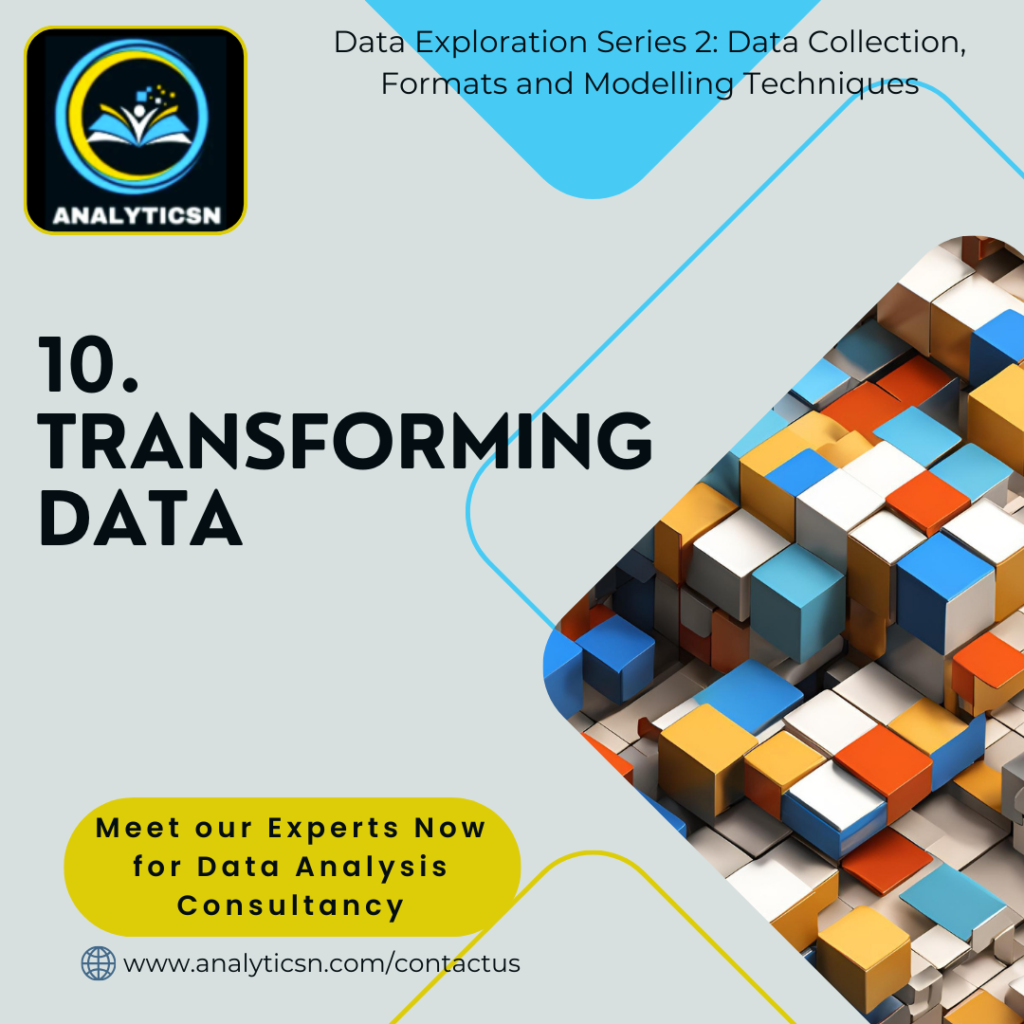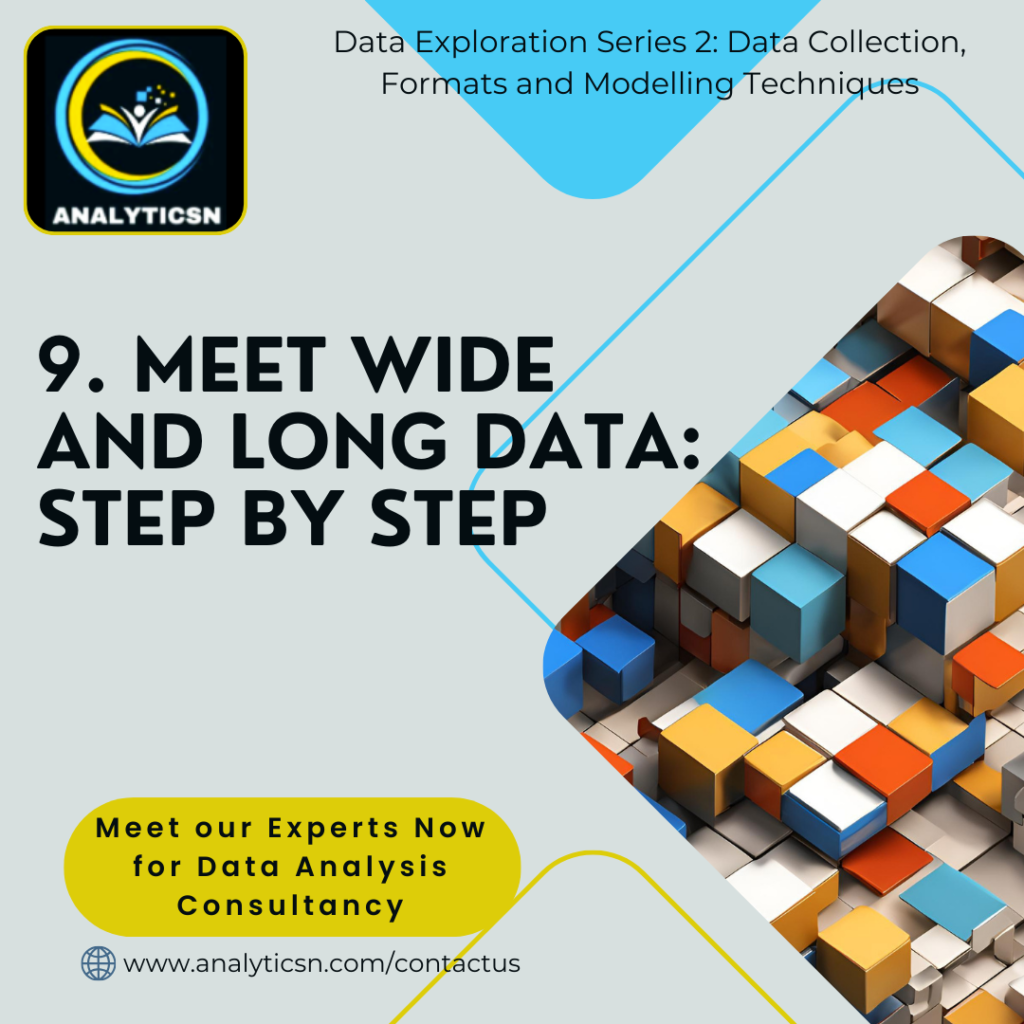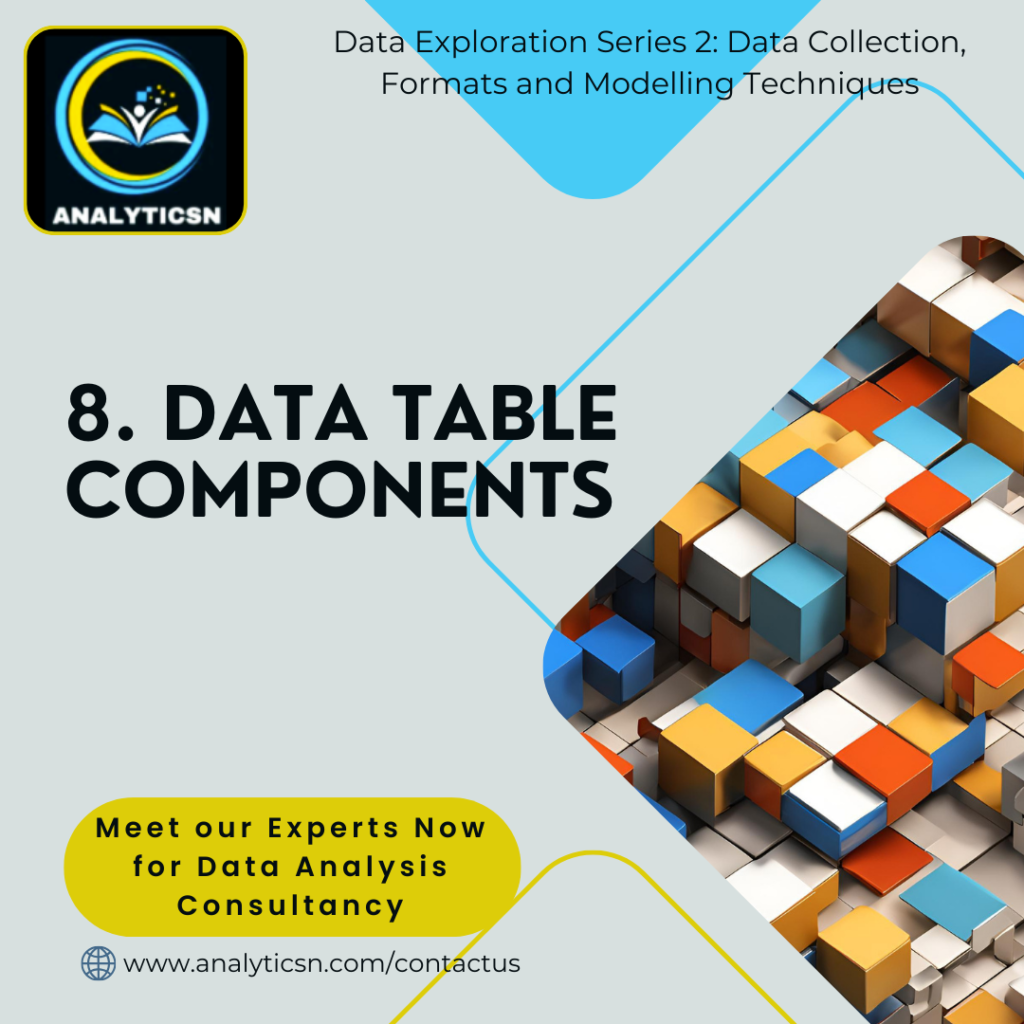
Introduction
A data analytics professional’s job is to provide the data necessary for decision making and inform key decisions. They also need to frame their analysis in a way that helps business leaders make the best possible decisions.
In this reading, you’re going to explore the role of data in decision-making and the reasons why data analytics professionals are so important to this process. You’ll compare data-driven and data-inspired decisions to understand the difference between them. You’ll also check out some examples where projects failed or succeeded based on how the data was applied. Therefore, this article is entitled “Data-Driven vs. Data-Inspired Decision Making: Navigating the Balance for Effective Business Strategy”
Both data-driven and data-inspired approaches are rooted in the idea that data is inherently valuable for making a decision. Well-curated data can provide information to decision-makers that improves the quality of their decisions. Remember: Data does not make decisions, but it does improve them.

Data-driven decisions
As you’ve been learning, data-driven decision-making means using facts to guide business strategy. The phrase “data-driven decisions” means exactly that: Data is used to arrive at a decision. This approach is limited by the quantity and quality of readily-available data. If the quality and quantity of the data is sufficient, this approach can far improve decision-making. But if the data is insufficient or biased, this can create problems for decision-makers. Potential dangers of relying entirely on data-driven decision-making can include overreliance on historical data, a tendency to ignore qualitative insights, and potential biases in data collection and analysis
Example of a data-driven decision making
A/B testing is a simple example of collecting data for data-driven decision-making. For example, a website that sells widgets has an idea for a new website layout they think will result in more people buying widgets. For two weeks, half of their website visitors are directed to the old site; the other half are directed to the new site. After those two weeks, the analyst gathers the data about their website visitors and the number of widgets sold for analysis. This helps the analyst understand which website layout resulted in more widget sales. If the new website performed better in producing widget sales, then the company can confidently make the decision to use the new layout!
Data-inspired decisions
Data-inspired decisions include the same considerations as data-driven decisions while adding another layer of complexity. They create space for people using data to consider a broader range of ideas: drawing on comparisons to related concepts, giving weight to feelings and experiences, and considering other qualities that may be more difficult to measure. Data-inspired decision-making can avoid some of the pitfalls that data-driven decisions might be prone to.
Example of a data-inspired decision making
A customer support center gathers customer satisfaction data (often known as a “CSAT” score). They use a simple 1–10 score along with a qualitative description in which the customer describes their experience. The customer support center manager wants to improve customer experience, so they set a goal to improve the CSAT score. They start by analyzing the CSAT scores and reading each of the descriptions from the customers. Additionally, they interview the people working in the customer support center. From there, the manager formulates a strategy and decides what needs to improve the most in order to raise customer satisfaction scores. While the manager certainly relies on the CSAT data in the decision-making process, input of support center representatives and other qualitative information informs the approach as well.
More Articles

10. A Secret to Data Transformation
What is data transformation? A woman presenting data, a hand holding a medal, two people chatting, a ship’s wheel being...
Learn More >

